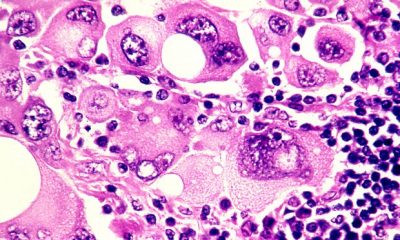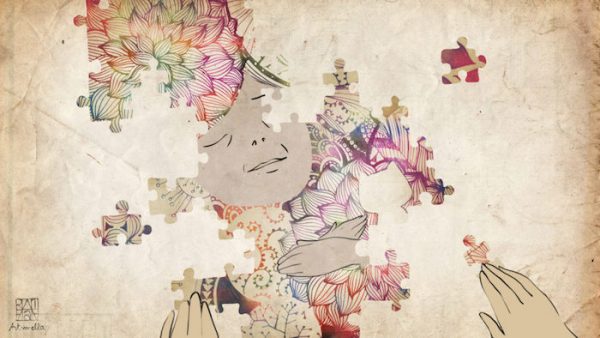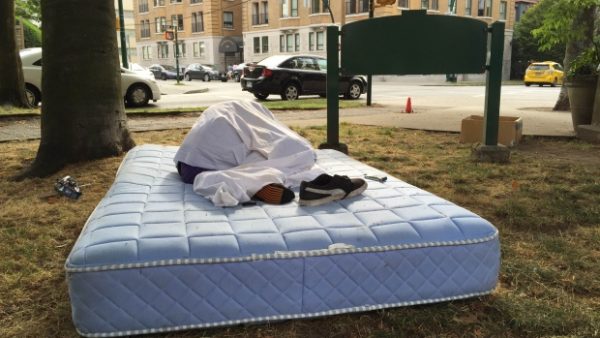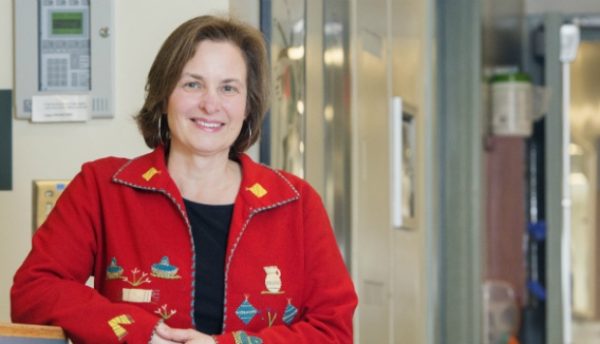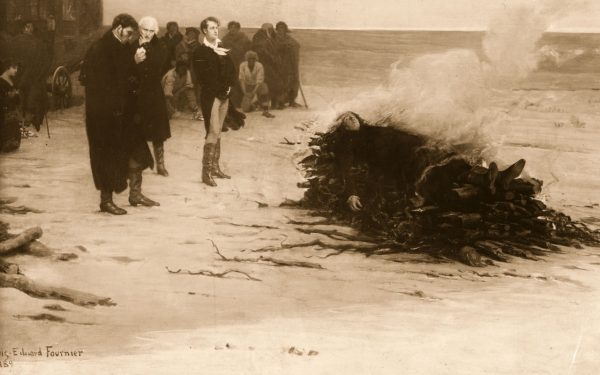BY AMY WRIGHT GLENN
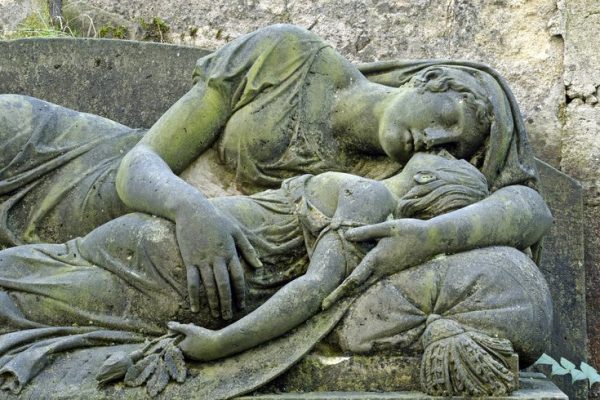
Originally from East Montpelier, Vermont, writer Lee Webster didn’t foresee leading a national organization that provides how-to guidance on caring for the dead, particularly from the comfort of one’s own home.
While Webster volunteered with hospice for years while writing for educational and conservation organizations, she never questioned standard American funeral practices until the day these interests converged.
What led Lee Webster to question commonly held assumptions about funeral rites? What exactly is a home funeral? And why are a growing number of Americans returning to the practice of caring for their own dead?
In courses I teach on pregnancy and infant loss, I highlight the practice of home funerals as potentially healing and positive rituals that bereaved parents can embrace. I often share this moving story of the home funeral of a 5-month-old baby named Burton and refer people to the work of theNational Home Funeral Alliance.
Since 2012, Webster has served on the board and most recently as president of the NHFA – an organization whose growth represents a paradigmatic shift in how Americans understand death/dying. In this interview, Webster reflects upon the significance of home funerals and articulates a vision of how we can care for the dead in a way that is “intentional, well-informed, responsible, and transformative.”
Let’s start with the basics. What is a home funeral?
Home funerals have to do with family-directed caring for, and honoring of, the deceased in the home after death occurs.
From the beginning of time, deaths were handled by close family members. Also, culturally designated after-death caregivers assisted the family in this work. Religious and community groups were often the first volunteer responders. Usually a birth midwife, or someone else known in the community as a healer, would offer support.
It wasn’t until the U.S. Civil War that the caring for the dead became outsourced and professionalized. This was primarily as a result of arterial embalming – which, incidentally, is the only thing professionals are licensed to do in caring for a body that no one else can legally do.
So, it’s legal for people to care for their own dead?
Absolutely, yes. Home funerals happen when next-of-kin exercise common law right to custody and control of the body. This is a fundamental American right that falls into the constitutional category of family rights, much like the right to care for children in the privacy of our own homes without governmental interference.
There are no legal obstacles to keeping or bringing a loved one home for a vigil period wherein the body may be bathed and dressed. One can have friends and family visit, or host a ceremony if desired, all at home. Also, home funerals don’t preclude standard or traditional observances that can be incorporated into the experience.
It’s important to note that there are unbroken traditions of home and community after-death care in religious communities. For example there are burial groups in the Quaker tradition and in the Jewish faith, the Tahara washing is central. Also, in some places in the U.S., professional funeral service is out of reach, so neighbors and fellow church or civic organization members volunteer to help with laying out the body and burial.
Why is interest in home funerals growing?
There is no way to determine the statistical growth in home funerals – no office of statistics tracks this. But we do have observations that indicate a strong increase in awareness and favorability of home funerals.
“(Home funerals are) a fundamental American right … much like the right to care for children in the privacy of our own homes without governmental interference.” – Lee Webster, president of NHFA
We are seeing a steady increase in interest of people from every socio-economic and age level searching for more environmentally, culturally, financially, and spiritually satisfying after-death experiences. There is a simultaneous and systemic embracing of death and grief as normative processes in life, not as illnesses to overcome. These shifts are forming the underpinnings of the movement to bring after-death practices back into our own hands – and homes.
You mention the historical role of birth midwives in supporting families through death. Do you see parallels between the home-birth movement and the home-funeral movement?
On the surface, there are certainly similarities. For example, those drawn to home birth and home funerals often desire self-reliant, natural, and empowering life-threshold experiences.
However, I feel it is an inaccurate comparison for several reasons, chief among them the obvious difference in physical, moral, and legal care and responsibility for a newborn life and the life of its mother (compared to that of) a dead body. The education required to know where to place the dry ice on a dead body doesn’t compare with the education required to prevent death or catastrophe for a mother and child.
There is a fundamental legal problem with the analogy as well. Birth midwives were absorbed, for the most part willingly, into the medical model and remain a part of that model today. Home funerals and home-funeral guides are not aligned with the medical community. Once the body dies, it is no longer part of the medical wheel, except when organ or body donation occurs. Instead, home funerals are offering an organic alternative to a licensed funeral profession that has no medico-legal authority over families who choose to go it alone, minus a small minority of states that stipulate a funeral home official sign the death certificate.
How were you drawn to this work?
My personal path to advocating for home funerals is based upon many years of service as a hospice volunteer, hospice spiritual care coordinator, and active conservationist. These interests converged while listening to a National Public Radio interview with Mark Harris focusing upon his book “Grave Matters: A Journey Through the Modern Funeral Industry to a Natural Way of Burial.” From there I learned about home funerals, non-invasive ways to care for bodies, and family-directed care.
For me, home funerals became a social justice issue that revolves around fundamental human rights and environmental imperatives, as well as a pragmatic way to solve financial and logistical problems.
Finally, I am a strong believer in the revelatory power of discomfort. I also believe that facing death on our own terms rather than outsourcing it creates opportunities for healthy grieving. Seeing the light go on when people realize there are positive alternatives to expensive, outgrown, and downright dysfunctional methods of caring for our dead and their bodies appeals to me.
Yes, offering meaningful options to people in times of grief is so important.
Choice matters. I have a deep Yankee quality of self-reliance and a disdain for being told what to do or think. I have come to the conclusion that the blind acceptance of our myths around funerals doesn’t serve us.
How do home funerals challenge what we’ve been told to think about the dead?
The first challenge relates to decades of misinformation and false mythology about the dangers of dead bodies. The fear that a dead body becomes instantaneously contagious is so ingrained in our culture that even our TV and movie programming perpetuates it in both subtle and blatant ways. Few know that the World Health Organization, for example, affirms “the widespread belief that corpses pose a major health risk is inaccurate.”
The other cultural assumption that home funerals challenge is the myth of the helpless mourner. Since the invention of the funeral industry, we have bought the storyline that we are necessarily and organically helpless in the face of grief. But it’s not true. Not everyone is devastated, paralyzed, or beyond coping. It doesn’t mean they don’t care. It means they have a plan for coping.
An emerging narrative that some home-funeral family members express is that they want to immerse themselves in the experience purposefully and experience the discomfort of grief as a catalyst for growth and purposeful action. They want to meet death head on. In fact, this is probably the primary reason for why people choose home funerals – to feel useful and connected.
Both cultural norms view us as victims, with the funeral profession as the only savior. While families are encouraged to partner with professionals for anything they wish, the move toward taking more personal responsibility represents a fundamental shift in our relationship not only to death itself but also to those we choose to partner with in meeting our needs.
Are there commercial interests that may be threatened with the growth of home funerals?
Ostensibly, professional funeral business would appear to be threatened by home funerals, but I believe the opposite is true.
First, not all deaths are easy and tidy, and not all families are candidates for a complete do-it-yourself funeral. Even highly motivated families may find that the timing and logistics are just too much to manage on their own. So professionals can assist families in planning home funerals. After all, serving a bereaved family is the heart of death work whether you are paid for it or not. It’s not about any rigid requisite for the number of days one can keep a loved one at home, what kind of cooling technique is used, or how many hoops the family can jump through to get paperwork done within a mandatory time period. It’s about meeting the family’s expectations and desires for an intimate and authentic experience at home.
Home funerals present an opportunity to serve the family in a myriad of ways that can’t occur if the deceased is whisked away when the family chooses direct cremation or immediate burial to save money. Home funerals slow the pace, allow family to gather, give them time to think through what they want and act on it – all at little to no cost to the family or loss to the professional.
Add the possibility of including home-funeral guides to established practice and you have more growth potential, not less.
What are home-funeral guides?
Home-funeral guides are educators who consult, coach, demonstrate, and provide information that empowers families to care for their own if they are unaware of details of the practice.
Home-funeral guides don’t aspire to be pseudo-funeral directors. They don’t direct anything or anyone. Instead, they act as resources for people who are unfamiliar with the practical skills and possibilities for caring for their own dead at home. The ideal is for families to be prepared as a matter of course with the necessary information and the confidence to do it themselves, but home funeral is not a household word – yet.
What are the main misconceptions about your organization’s work?
The greatest misconceptions are that we are fringe people looking to shock or challenge people’s sensibilities and go up against the established funeral industry. Neither is the case. We are looking to unveil realistic options about a topic that has been mystified for decades to people regardless of their ability to pay or their religious or spiritual leanings. We hope that the industry listens to what the public is demanding by responding with real change from within.
What we mean by “funeral” is changing. No longer do we jump to the assumption that a funeral means a specific service in a religious building, organized by a hired professional. Through the lens of home funerals, we are beginning to envision the entire funeral period, from death to disposition, as a time filled with possibilities for caring for the physical, emotional, and spiritual needs of both the deceased and the bereaved.
Any final words of advice?
Well, there are no funeral police, so I encourage people to overcome the fear that they are doing something wrong when exercising their legal rights and responsibilities to care for their dead. Ultimately, it is a privilege to offer this last act of loving care.
How can people learn more about home funerals?
The NHFA website is chock-full of information, including directories of home-funeral guides, teachers and trainings, celebrants and more, plus articles, interviews, videos, how-to guides, and other written materials to get people started. We have an active Facebook page, a monthly newsletter and opportunities to connect with others at our biennial conference and monthly call-in programs. No one need go it alone – there’s plenty of support ready and waiting.
Complete Article HERE!
